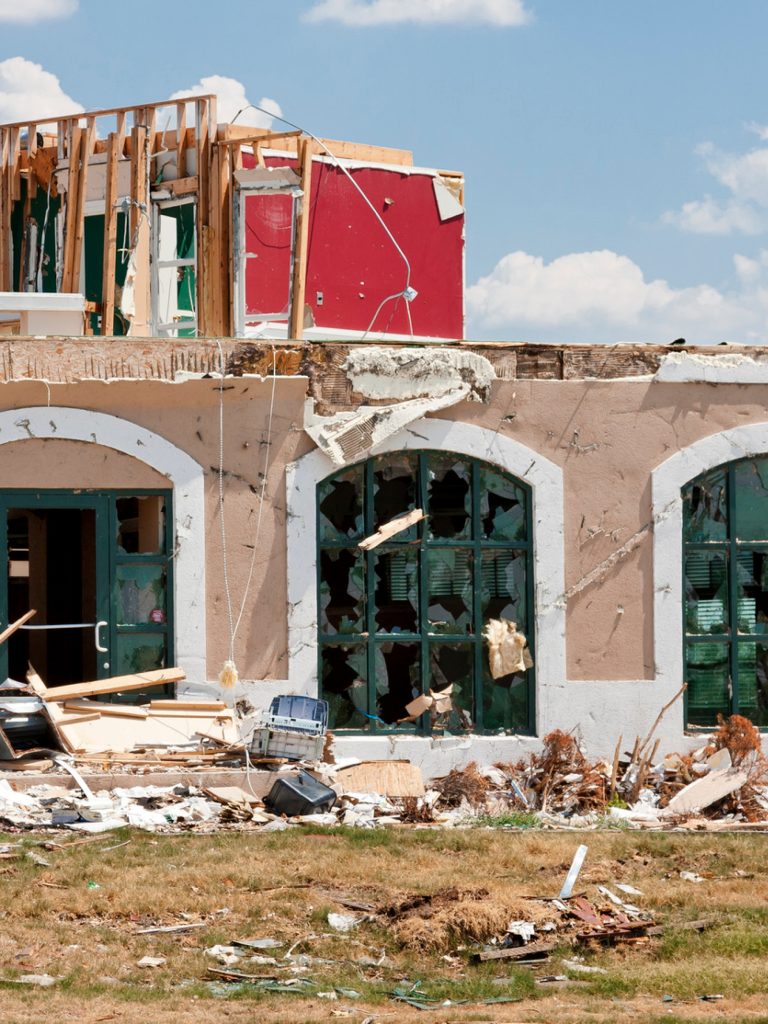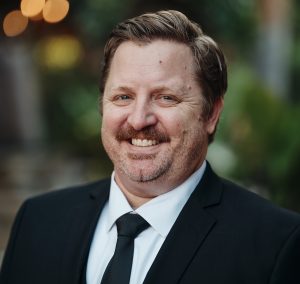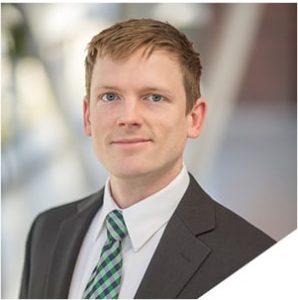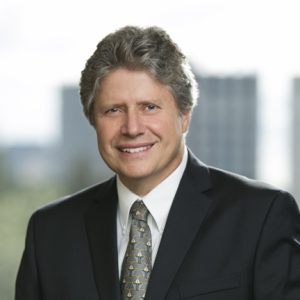Industrial Insights: Hazards and Resilience of Industrial Facilities (Series Part 2)

Join us for this five-part series on the design, maintenance, and resilience of industrial facilities. Each 2.5 hour-long webinar will cover a wide range of fast-hitting topics relevant to project teams and owners.
Industrial facilities must be designed and maintained to withstand a wide range of hazards, from natural disasters to man-made events. This session will focus on strategies for enhancing the resilience of industrial facilities, ensuring that they can remain safe and operational with minimal downtime under extreme conditions. Understanding and mitigating risks associated with seismic activity, extreme wind loads, flooding, fire, and blasts are critical for protecting assets and minimizing business interruptions. Through a series of discussions and case studies, we will explore foundational approaches to reliability and risk assessments, along with innovative design solutions tailored to specific hazards. Real-world case studies will illustrate how these strategies can be effectively applied to improve performance in diverse industrial settings.
Key topics include seismic design principles, considerations for tornadoes and hurricane wind events, flood mitigation strategies, fire protection issues, and blast-resistant design techniques. By addressing these challenges, attendees will be equipped to enhance the resilience of industrial facilities against multiple threats.
LEARNING OBJECTIVES
After attending this webinar, participants will be able to:
- Understand key components of risk and reliability assessments for industrial facilities.
- Apply key design principles to address seismic, wind, and flood hazards.
- Develop fire protection and blast mitigation strategies for critical facilities.
- Incorporate resilience-focused approaches to future industrial projects.
ABOUT THE SERIES
Industrial Insights: Engineering Discussions for Critical Buildings and Structures
Manufacturing, warehousing, oil & gas processing, power generation and distribution, and other industrial facilities play vital roles in global infrastructure and public interests. These facilities are built and maintained to operate under demanding conditions while meeting the challenges of evolving safety standards, extreme environmental conditions, and enormous pressure to maintain continuous operations. Effectively addressing these challenges requires specialized knowledge, innovative solutions, and a multidisciplinary approach.
This five-part webinar series will explore a wide range of fast-hitting topics in the design, maintenance, and resilience of industrial facilities for project teams and owners. Participants will gain insights into best practices, advanced engineering approaches, and lessons learned from real-world experiences. Each session will focus on a critical aspect of industrial facility management, including maintaining existing structures, mitigating hazards, responding to extreme marine conditions, addressing aging infrastructure, and designing for future demands. This series offers a unique opportunity to learn from SGH experts and engage with professionals dedicated to improving industrial facility performance and safety.
Join us for the rest of the series:
- Wednesday, March 5: Maintaining Existing Industrial Buildings (Part 1)
- Wednesday, March 19: Hazards and Resilience of Industrial Facilities (Part 2)
- Wednesday, March 26: Inspection, Rehabilitation, Design, and Construction of Marine Structures (Part 3)
- Tuesday, April 1: Addressing Aging Infrastructure of Pipes and Tanks (Part 4)
- Thursday, April 17: Designing and Building New Industrial Buildings (Part 5)
Participants will earn 2.5 AIA CES Learning Unit (LU/HSW) for attending the live webinar. Registration is free. Please note that space is limited – email events@sgh.com to join our waitlist if the session is closed when you register.





